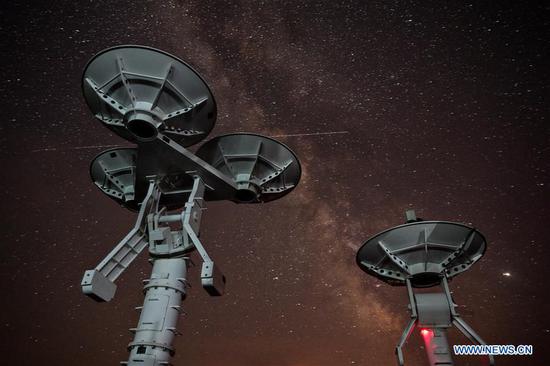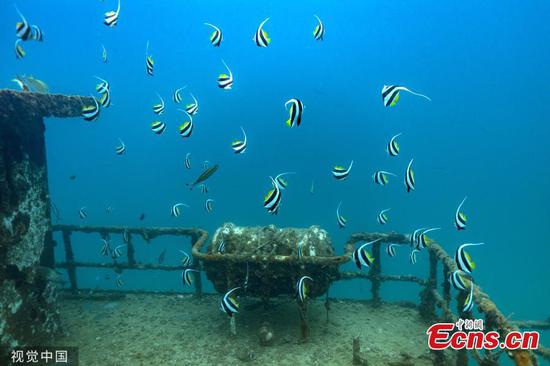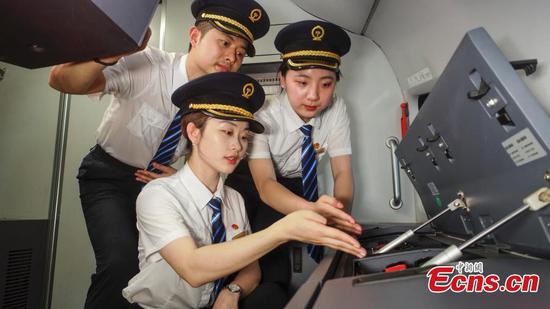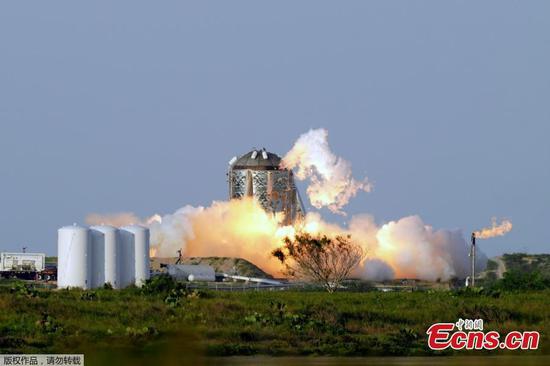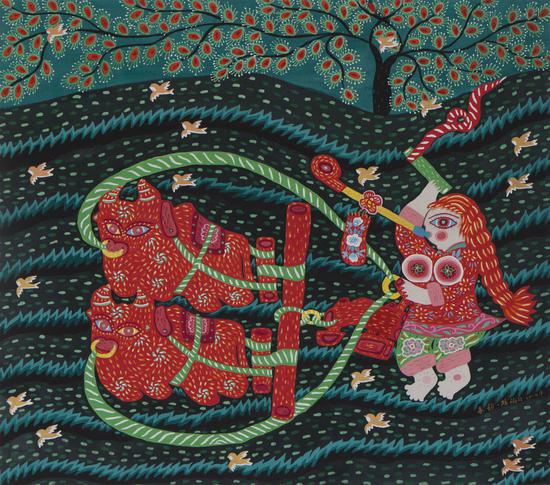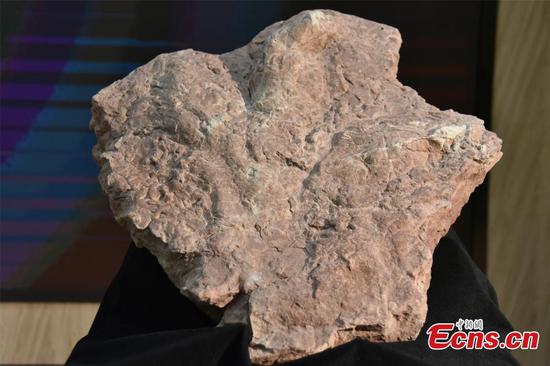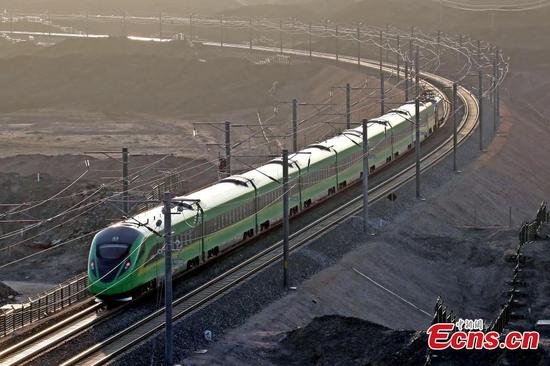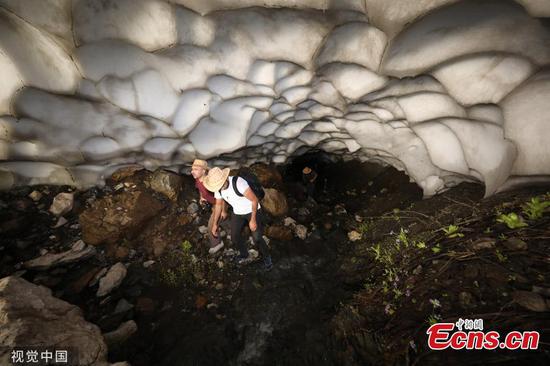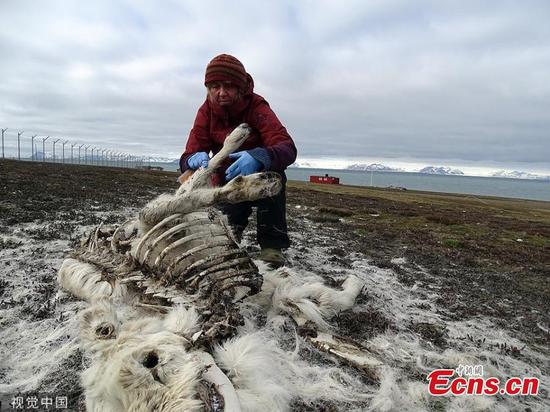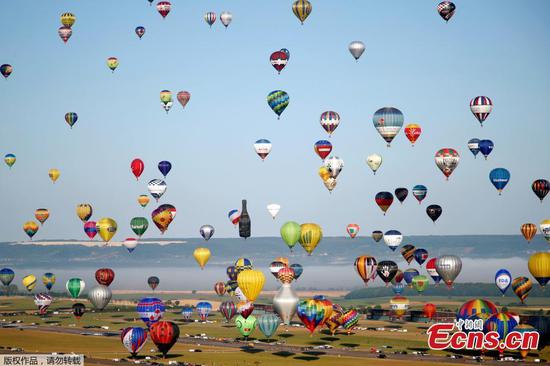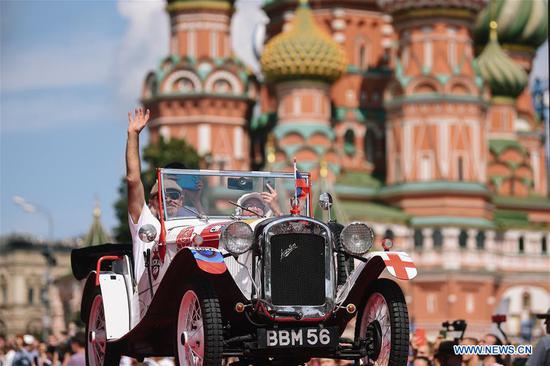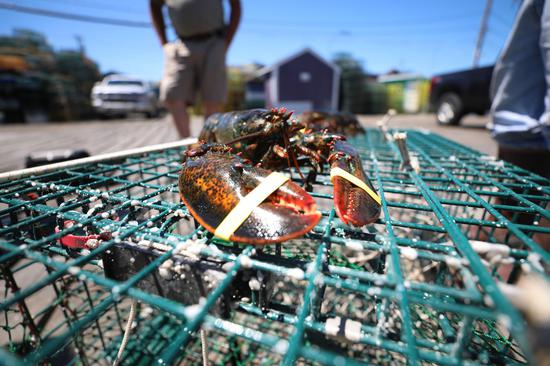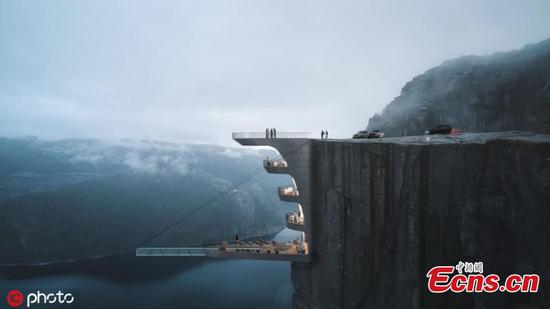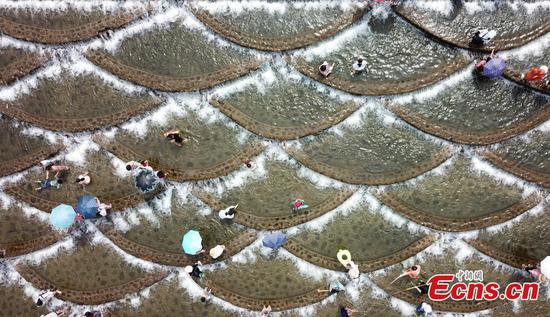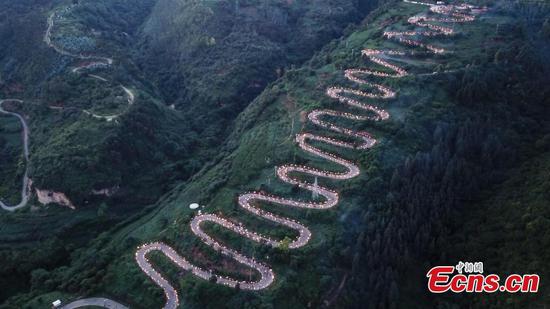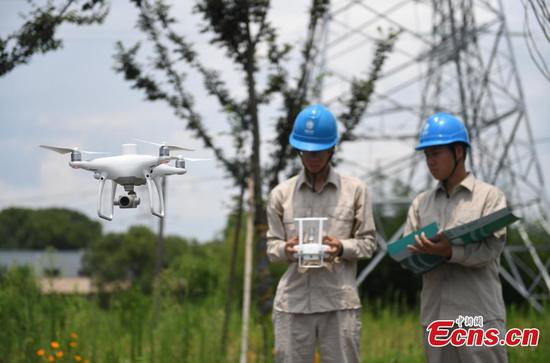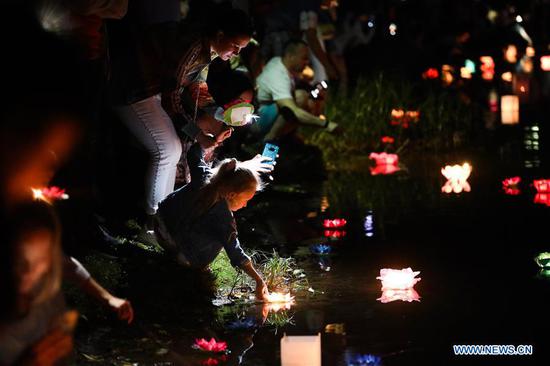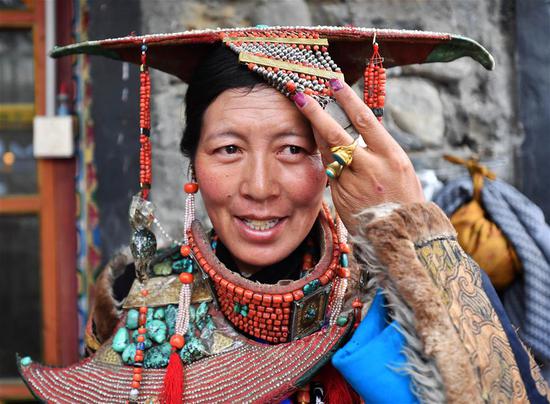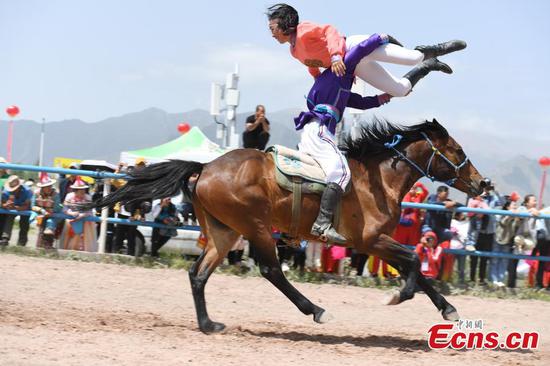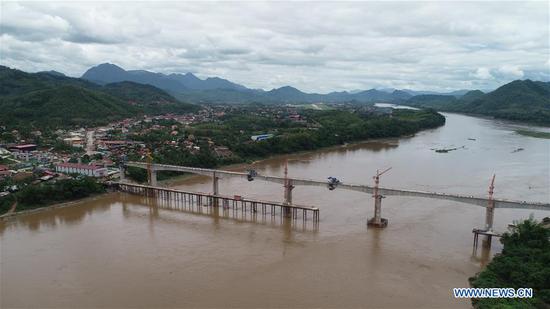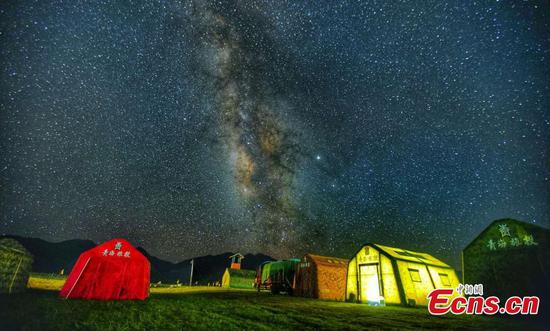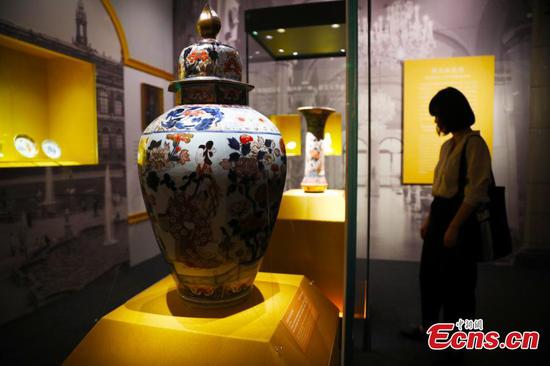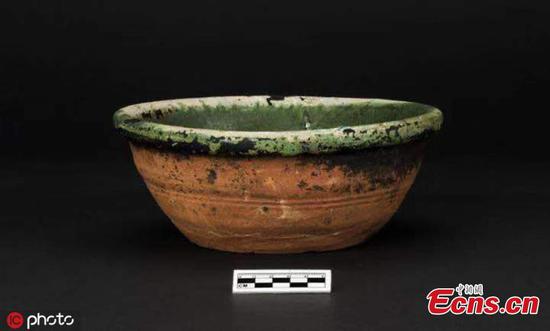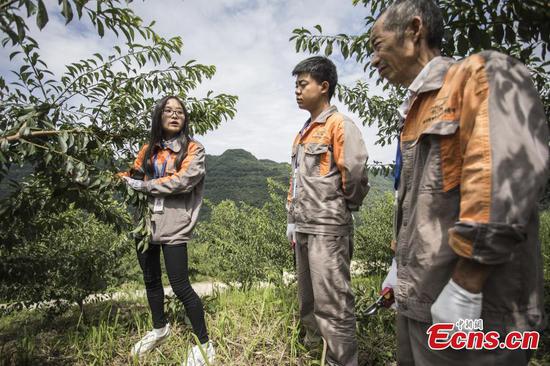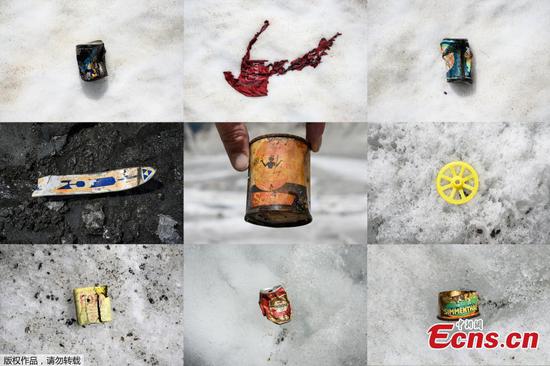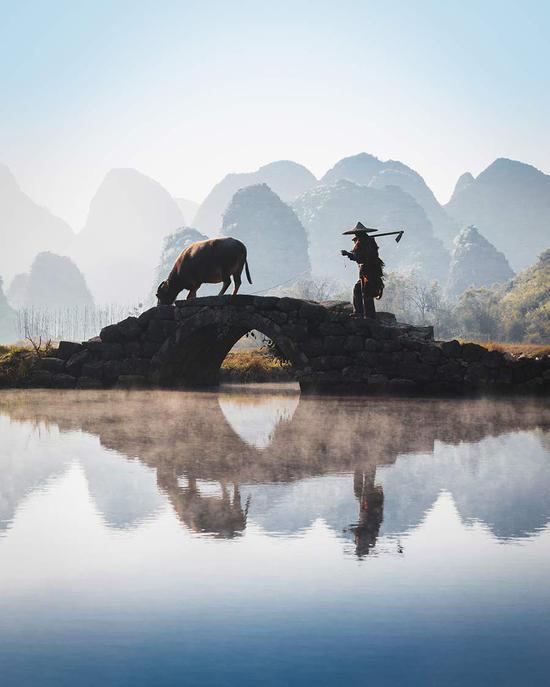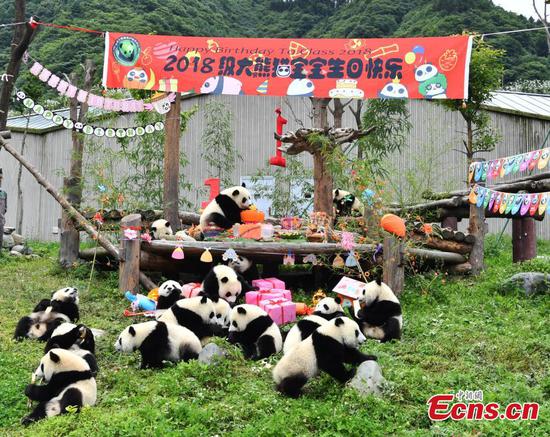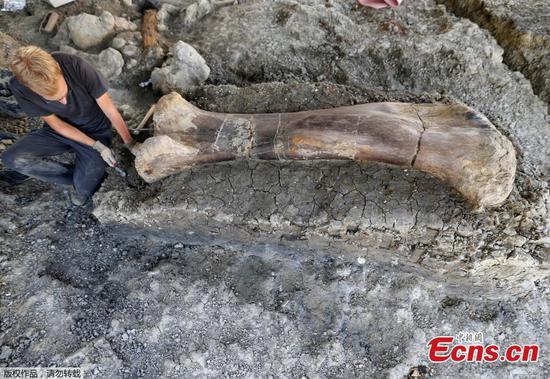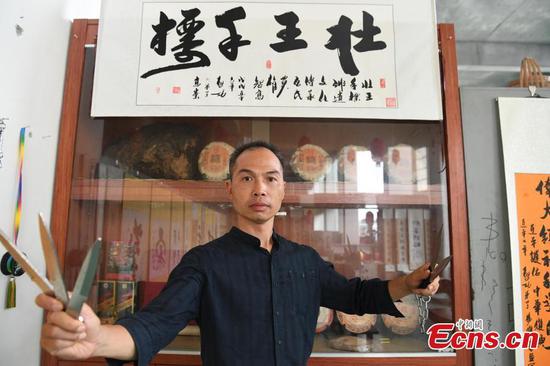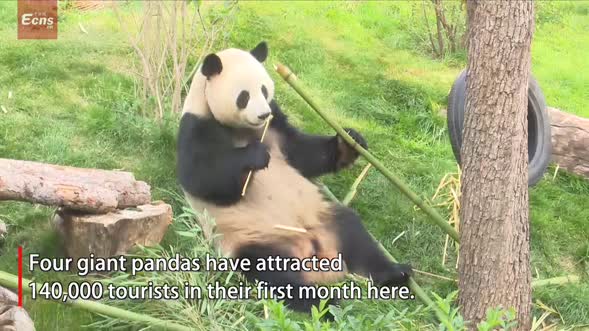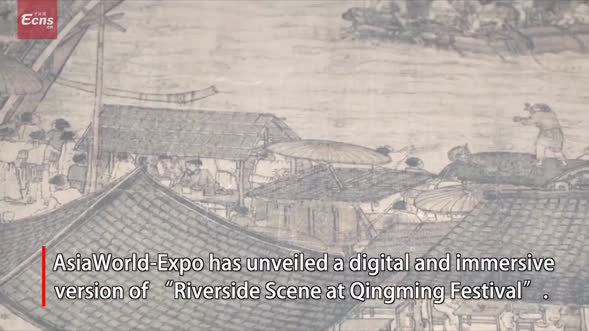Thousands of kilometers lie between the Forbidden City in Beijing, China's imperial palace complex from 1420 to 1911, and the Tashihunpo Monastery in Shigatse, the Tibet autonomous region, built in 1447 and now the seat of the Panchen Lama, a Tibetan spiritual leader.
The two historic buildings are of immense importance to China since they both have helped maintain social stability and harmony among different ethnic groups in the past half millennia.
Now they will be joined by a major, three-month exhibition on Tibetan heritage set to open in December in the Meridian Gate Gallery at the Beijing complex, which is now the Palace Museum.
In an announcement on Tuesday, Wang Xudong, director of the Palace Museum, said the exhibition, featuring over 220 cultural relics, will be the first thematic display of cultural relics of the Panchen Lama in the 94-year history of the Forbidden City as a public museum.
The museum also will launch a series of heavyweight exhibitions celebrating the 600th anniversary, in 2020, of the founding of the Forbidden City.
The Manchu royal family of the Qing Dynasty (1644-1911) piously followed Tibetan Buddhism. The Palace Museum houses over 40,000 cultural relics associated with that religion, including many gilded Buddhist statues and thangka (Tibetan Buddhist painted scrolls).
"When I met the (11th) Panchen Lama, we had a pleasant review of development in Tibet in recent years," Wang recalled. "And I really appreciated that he cared very much about the Tibetan Buddhist relics in the Palace Museum.
"We nurtured an idea to use these legacies left by ancient people reflecting the close connection between the central government and Tibet throughout time. They are the best evidence of historical memories."
Wang added that exchange of collections of Buddhist cultural relics between Tibet and the rest of China will improve cultural communication.
For the exhibition, 140 articles from the Palace Museum and 80 from Tashihunpo Monastery have been selected. They cover a wide time span, from the first to the ninth Panchen Lama, roughly from the 14th century to the 1930s.
"Tashihunpo is a trove of cultural splendor, but opportunities to showcase that are rare," said Liu Shizhong, director of the cultural heritage administration of the Tibet autonomous region. "Most exhibits from Tashihunpo have not been moved from the monastery in centuries.
"They not only prove Tibet has been an inalienable part of China since ancient times, but also explain Chinese people's wish for good fortune through auspicious signs," he said.
Tashihunpo became the seat of the Panchen Lama in 1607 during the Ming Dynasty (1368-1644). Qing Emperor Kangxi bestowed the honorary title Panchen Erdeni on the fifth Panchen Lama in 1713, and gave him a gold seal, meaning the religious title was formally recognized by the central government of China. The seal will be on display in the upcoming exhibition, according to Luo Wenhua, a researcher at the Palace Museum and curator of the exhibition.
"There was a social upheaval from the second half of the 17th century to the first half of 18th century," Luo said. "The Qing Dynasty was enduring a long process of uniting the country, and the Panchen Lamas made great contributions as religious leaders to maintaining the stability of Tibet and the rule of the Qing central government in the region."
In subsequent years, exchanges between the Qing royal court and Panchen Lamas were frequent-many gifts were exchanged between Beijing and Shigatse. In 1780, the sixth Panchen Lama led 3,000 people to Beijing to celebrate the birthday of Emperor Qianlong (1711-1799).









